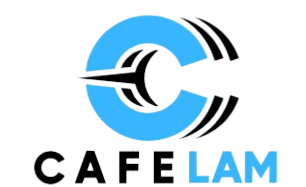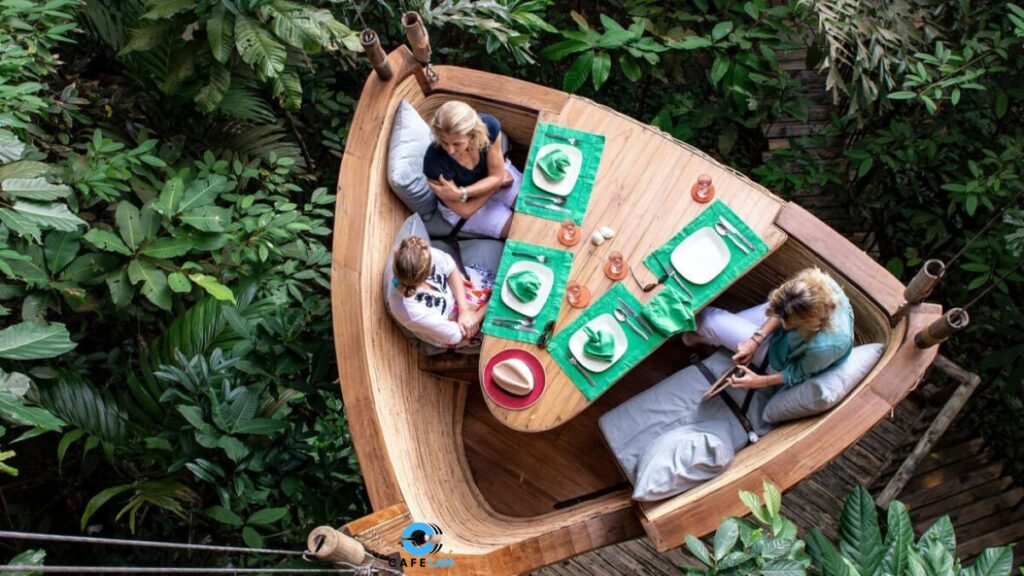Guest Experience continue to evolve in the hospitality industry, making facility upgrades essential for maintaining a competitive advantage. Modern travelers seek more than just a place to sleep; they want memorable experiences that justify their investment. Strategic facility improvements can transform average stays into exceptional ones while driving positive reviews, repeat bookings, and increased revenue.
Understanding Guest Priorities
Today’s guests prioritize comfort, convenience, and unique experiences when selecting accommodations. They research extensively before booking, comparing amenities and reading reviews to ensure their chosen hotel meets specific needs. Understanding these priorities guides effective upgrade decisions that deliver maximum impact on guest satisfaction.
Technology integration ranks high among modern guest expectations. Travelers expect seamless connectivity, mobile check-in options, and smart room controls that enhance convenience. Properties that fail to meet these digital expectations often receive lower ratings regardless of other amenities.
Cleanliness and maintenance standards have become even more critical following recent global health concerns. Guests notice details like fresh paint, updated fixtures, and well-maintained surfaces. These elements communicate professionalism and care that directly influence perception of overall quality.
Modernizing Guest Room Features
Guest rooms serve as the foundation of the hotel experience, making them the logical starting point for facility upgrades. Focus on elements that guests interact with most frequently and those that create lasting impressions.
Bedding quality significantly impacts sleep quality and overall satisfaction. Invest in high-thread-count linens, comfortable pillows, and supportive mattresses that provide genuine comfort. Consider offering pillow menus or adjustable firmness options for personalized sleep experiences.
Bathroom upgrades often provide exceptional return on investment. Modern fixtures, improved lighting, and enhanced storage solutions create spa-like experiences that guests remember. Walk-in showers with rainfall showerheads and premium toiletries elevate everyday routines into luxurious moments.
Technology integration within rooms should prioritize functionality over novelty. USB charging ports, wireless phone charging stations, and intuitive lighting controls solve real guest problems. Smart thermostats and voice-activated assistants appeal to tech-savvy travelers while remaining optional for those who prefer traditional controls.
Enhancing Common Areas and Amenities
Lobby spaces create first impressions that influence guest perception throughout their stay. Comfortable seating arrangements, adequate lighting, and welcoming decor establish positive tone from arrival. Consider adding co-working spaces with reliable internet and charging capabilities for business travelers.
Fitness facilities have become standard expectations rather than luxury amenities. Well-maintained equipment, adequate space, and extended hours accommodate diverse guest schedules. Adding yoga mats, resistance bands, and free weights creates comprehensive fitness options without significant space requirements.
Pool areas require special attention since they often serve as social hubs and relaxation destinations. Regular maintenance, comfortable seating, and attractive surroundings encourage usage while creating photo-worthy moments that guests share on social media. Some property owners exploring pool renovations consider options like fiberglass pools in Utah and other regions for their durability and low maintenance requirements.
Business centers should offer more than basic printing services. High-speed internet, video conferencing capabilities, and private meeting spaces support the growing number of remote workers and business travelers who need professional environments.
Improving Food and Beverage Operations
Restaurant and bar facilities significantly influence guest satisfaction, even among those who don’t primarily visit for dining experiences. Fresh, appealing food presentation and diverse menu options cater to various dietary preferences and cultural backgrounds.
Breakfast service requires particular attention since many guests consider it an essential part of their stay. Offer both healthy and indulgent options with clear labeling for allergens and dietary restrictions. Self-service areas should remain well-stocked and visually appealing throughout service hours.
Bar areas can serve multiple functions beyond evening entertainment. Consider creating spaces suitable for informal business meetings, casual dining, or quiet reading during off-peak hours. This maximizes space utilization while serving diverse guest needs.
Room service capabilities have gained importance as guests seek convenient dining options. Streamlined ordering processes and reliable delivery times enhance guest satisfaction while creating additional revenue opportunities.
Implementing Sustainable Improvements
Environmental consciousness influences many travelers’ booking decisions, making sustainable upgrades valuable for both guest satisfaction and operational efficiency. Energy-efficient lighting, water-saving fixtures, and waste reduction programs demonstrate environmental responsibility while reducing operating costs.
Solar panels, LED lighting systems, and smart HVAC controls provide long-term cost savings that improve profitability while appealing to environmentally conscious guests. These investments often qualify for tax incentives and rebates that offset initial costs.
Local sourcing for food, amenities, and decor elements supports community businesses while creating authentic experiences that guests value. This approach often reduces transportation costs while strengthening relationships with local suppliers.
Staff Training and Service Excellence
Facility upgrades achieve maximum impact when combined with excellent service delivery. Train staff to utilize new features effectively and communicate their benefits to guests. Well-informed employees can highlight amenities that might otherwise go unnoticed.
Implement feedback systems that capture guest opinions about new facilities and services. This information guides future upgrade decisions while demonstrating commitment to continuous improvement. Regular staff meetings should address guest feedback and identify opportunities for service enhancement.
Measuring Upgrade Success
Track specific metrics to evaluate facility upgrade effectiveness. Monitor guest satisfaction scores, online review ratings, and repeat booking rates to assess improvement impact. Revenue per available room and average daily rate increases indicate successful positioning in the market.
Guest survey responses provide detailed insights about which upgrades create the most value. Focus on improvements that consistently receive positive feedback while addressing areas that continue receiving criticism.
Conclusion
Successful hotel facility upgrades require strategic planning that aligns improvements with Guest Experience and business objectives. Focus on elements that enhance daily experiences while providing long-term operational benefits. Remember that upgrades should work together to create cohesive experiences rather than isolated improvements. Regular assessment and continuous improvement ensure your property remains competitive while delivering exceptional guest experiences that drive positive reviews and repeat business.







